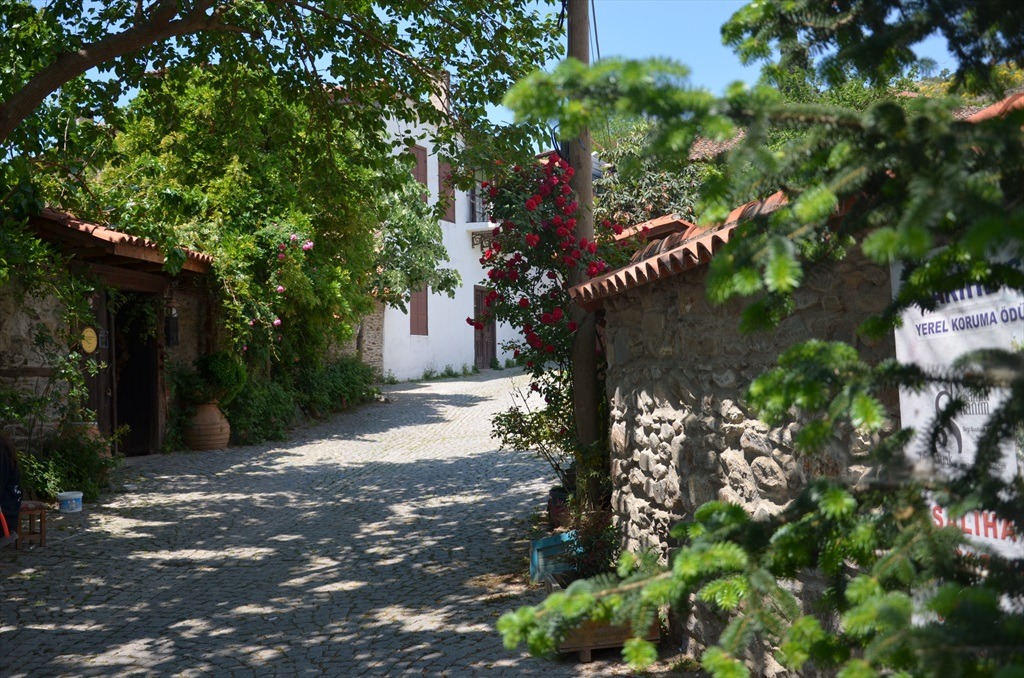Ottoman Era Houses Of Birgi – One Of The Most Historically Rich Towns In The Aegean Region
The Ottoman-era houses in Birgi are a notable feature of this historic town in Turkey.
The historic town of Birgi is located within the Aegean Region, just 121 km from İzmir Province and 10 km from Ödemiş District.
It is known for its well-preserved Ottoman architecture, which reflects the cultural and historical richness of the region.
Birgi has been part of the UNESCO World Heritage Tentative List since 2012.
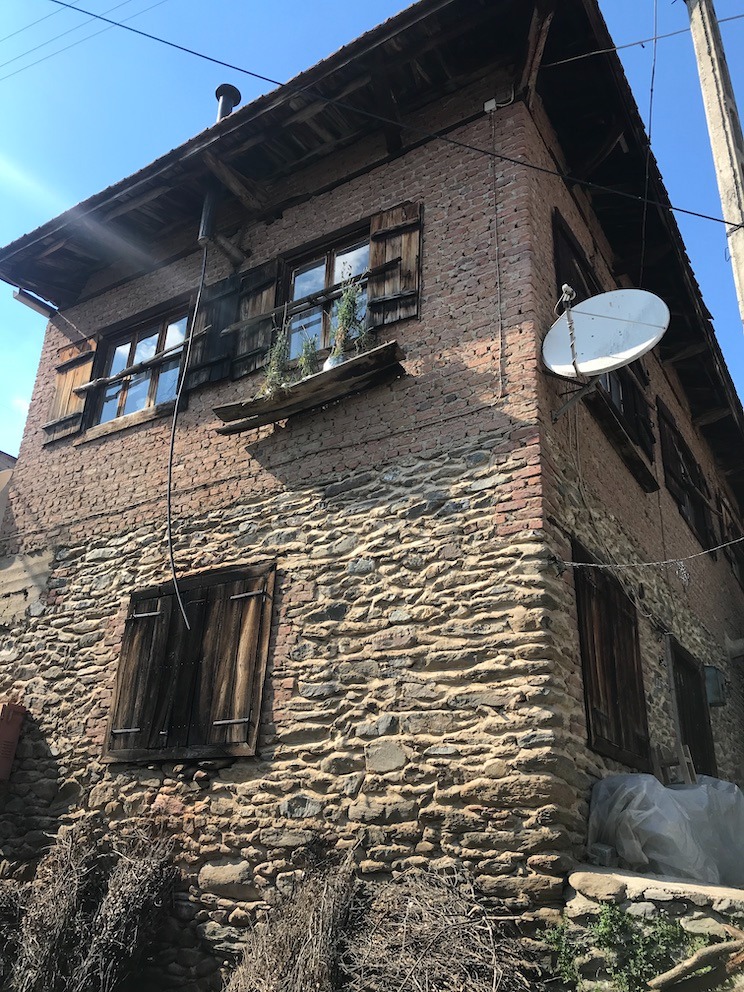
The History Of Birgi And Its Historic Town
The town was known as Dios Hieron, meaning “Sanctuary of Zeus,” during antiquity.
With a heritage dating back to 2000 BC, Birgi has been home to various civilizations, including the Phrygian, Lydian, Persian, and Byzantine empires.
It later became Christoupolis in the 7th century and Pyrgion in the 12th century.
In the 13th and 14th centuries, the town was the capital of the Aydınoğulları Principality.
When the Turks conquered the area in 1307, it became the capital of the Aydınoğulları Beylik and was later incorporated into the Ottoman Empire in 1390.
Birgi remained an important cultural and administrative center until the 17th century.
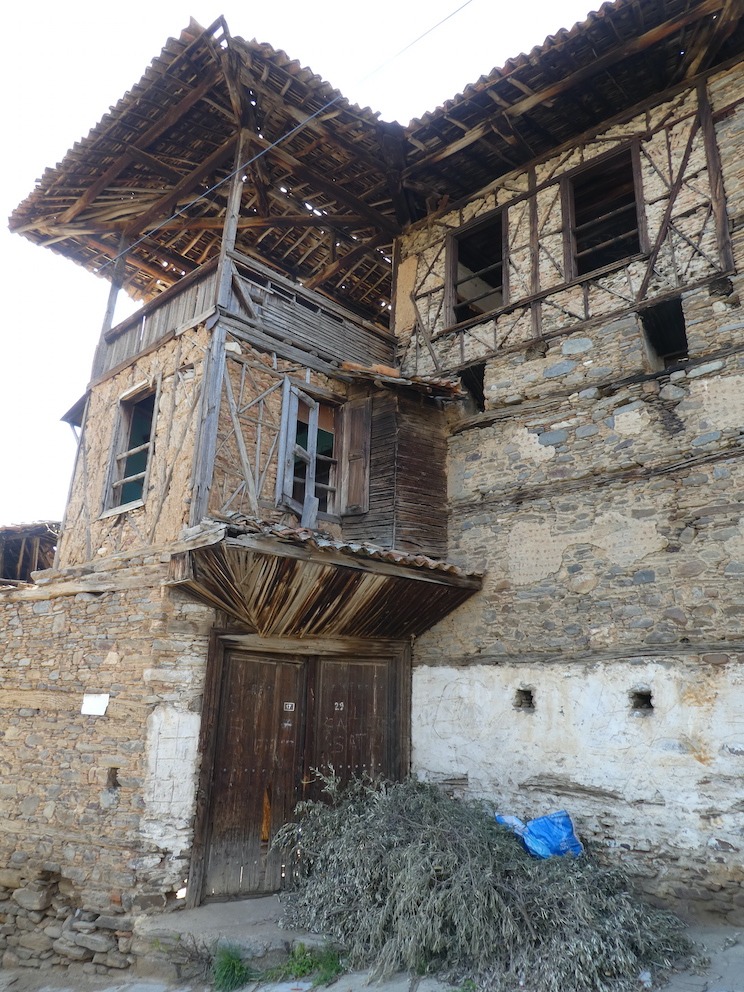
Key Features Of Ottoman-era Houses in Birgi:
1. Architecture and Design:
-
- Stone and Wood Construction: The houses typically feature a combination of stone and wood, with stone used for the ground floor and wood for the upper floors.
- Cumbas (Bay Windows): These houses often have projecting bay windows known as “cumbas,” which are a distinct architectural feature in Ottoman homes.
- Large Eaves: The roofs extend outward with large eaves, providing shade and protection from the elements.
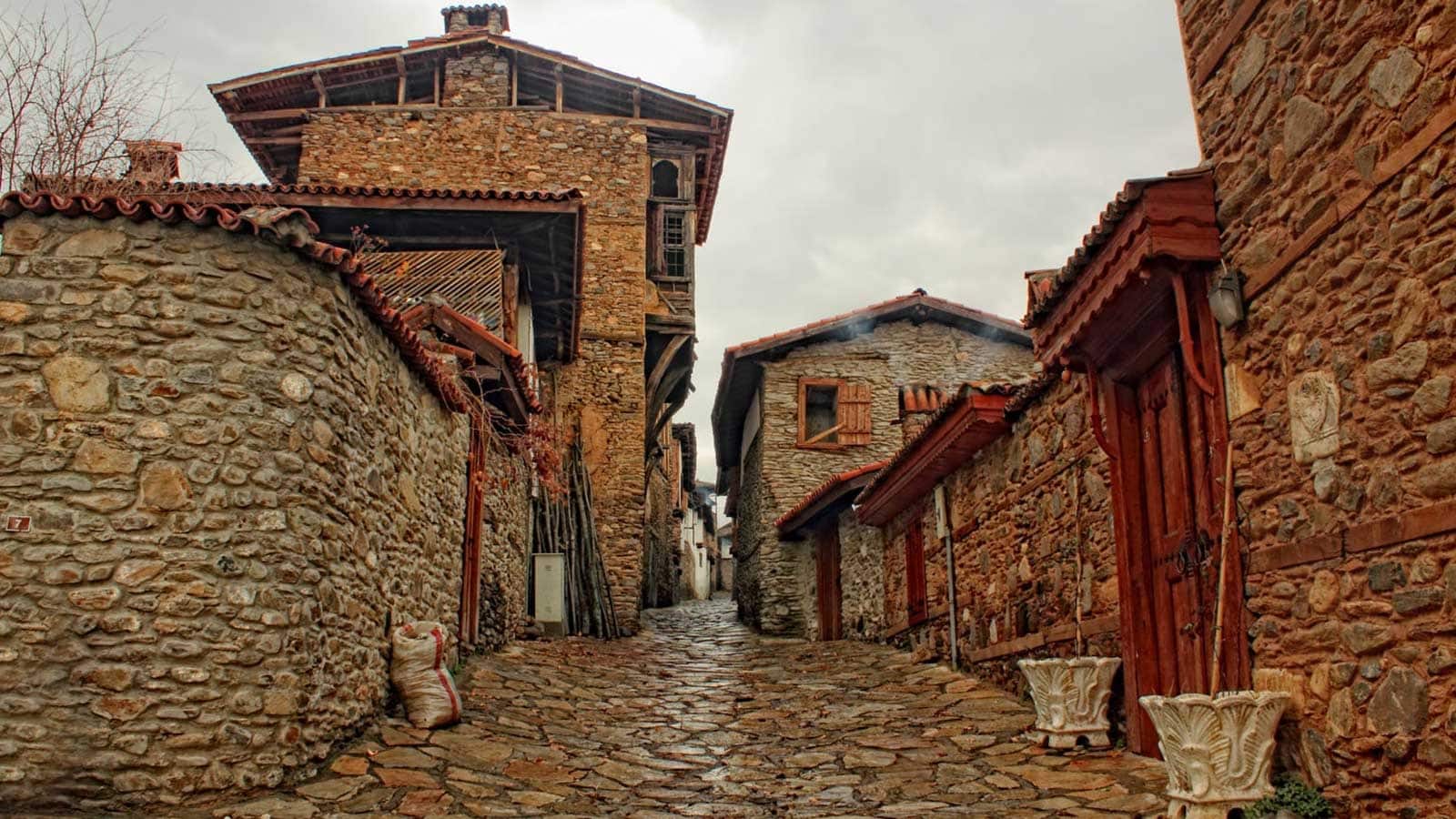
2. Interior Layout:
-
- Central Hall (Sofa): The central hall, or “sofa,” serves as the main gathering space, around which other rooms are arranged.
- Decorative Elements: Interiors often feature intricately carved wooden ceilings, decorative plasterwork, and rich tilework.
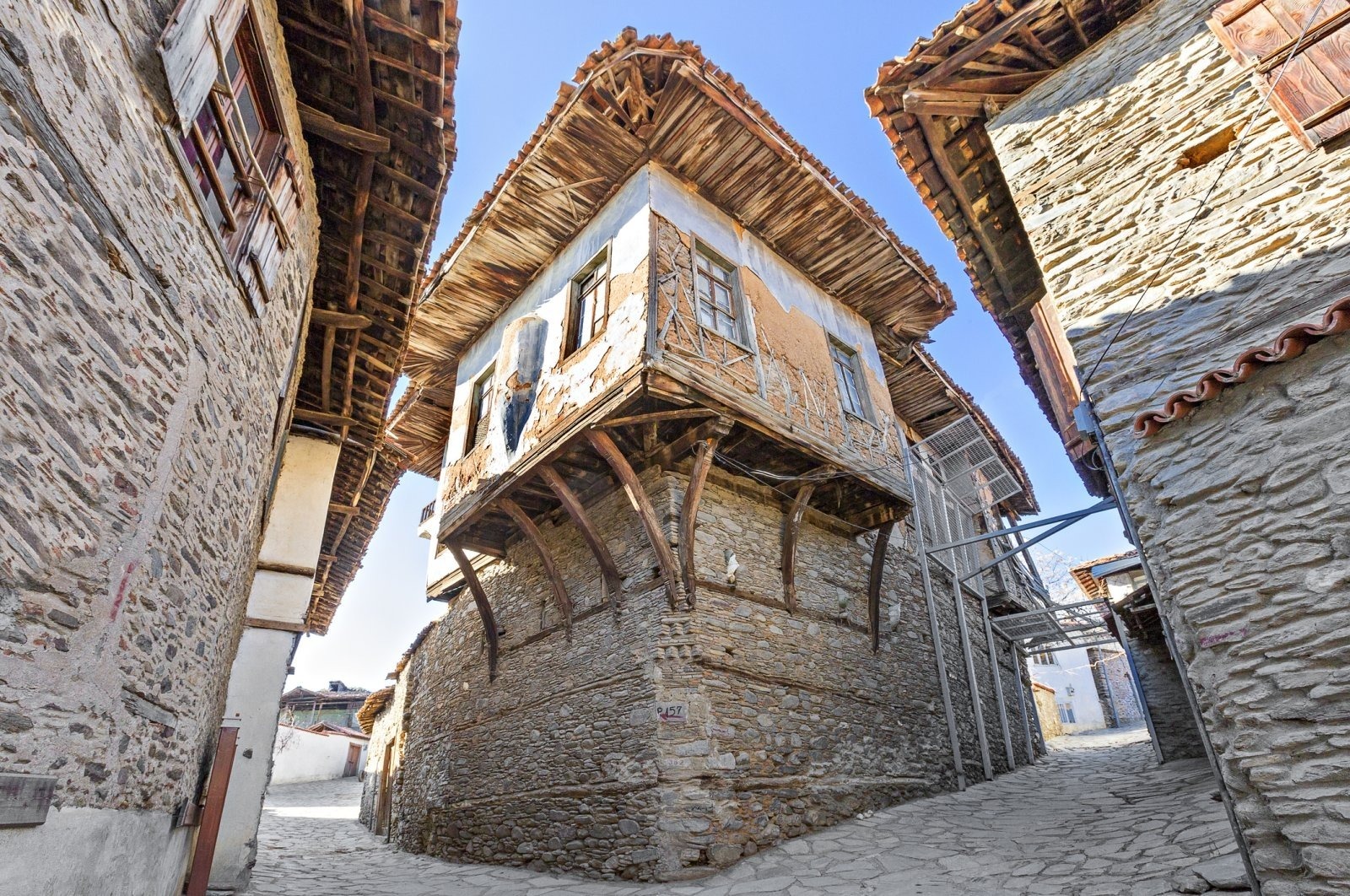
3. Cultural Significance:
-
- Historical Residences: Many of these houses were residences of notable families and reflect the social and economic status of their inhabitants during the Ottoman period.
- Cultural Preservation: Birgi’s architecture is well-preserved, offering insights into Ottoman domestic life and architectural practices.
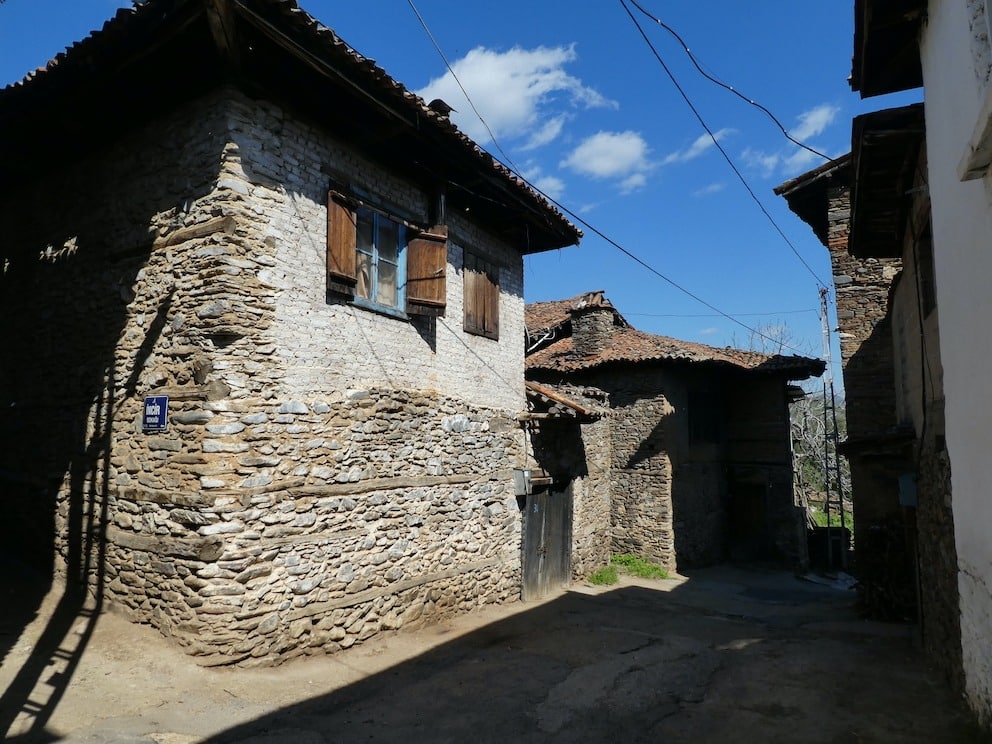
Notable Examples:
1. Çakırağa Mansion:
One of the most famous examples, this mansion dates back to the 18th century and is known for its elaborate interior decorations and murals depicting various scenes.
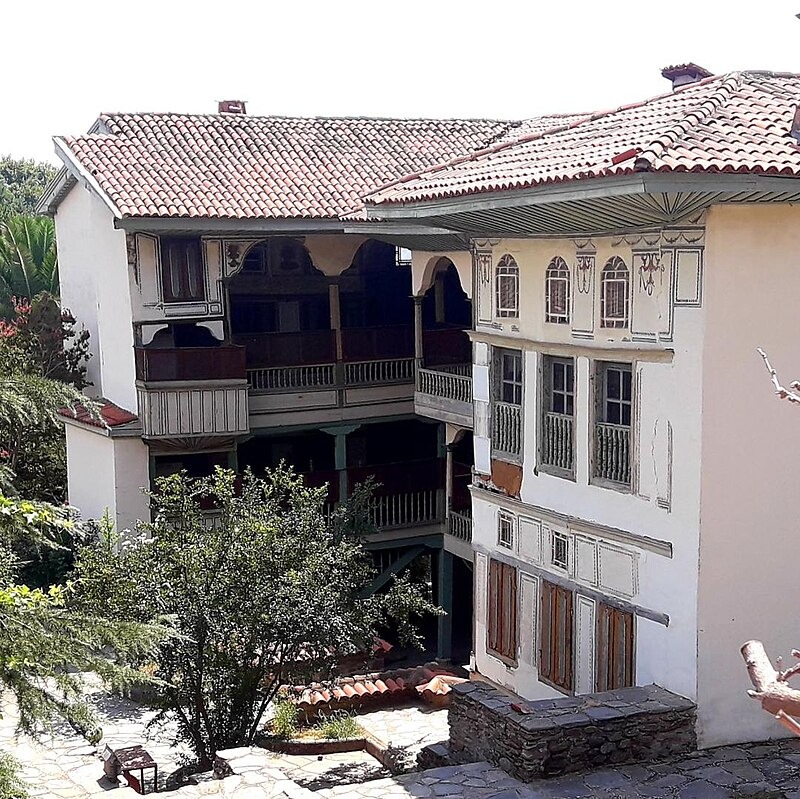
The mansion features intricate decorations and murals depicting various scenes, including panoramic views of Istanbul and Izmir.
The three-storey structure includes stables and service areas on the ground floor, living quarters on the upper floors, and a beautifully decorated open sofa (hall) on the top floor.
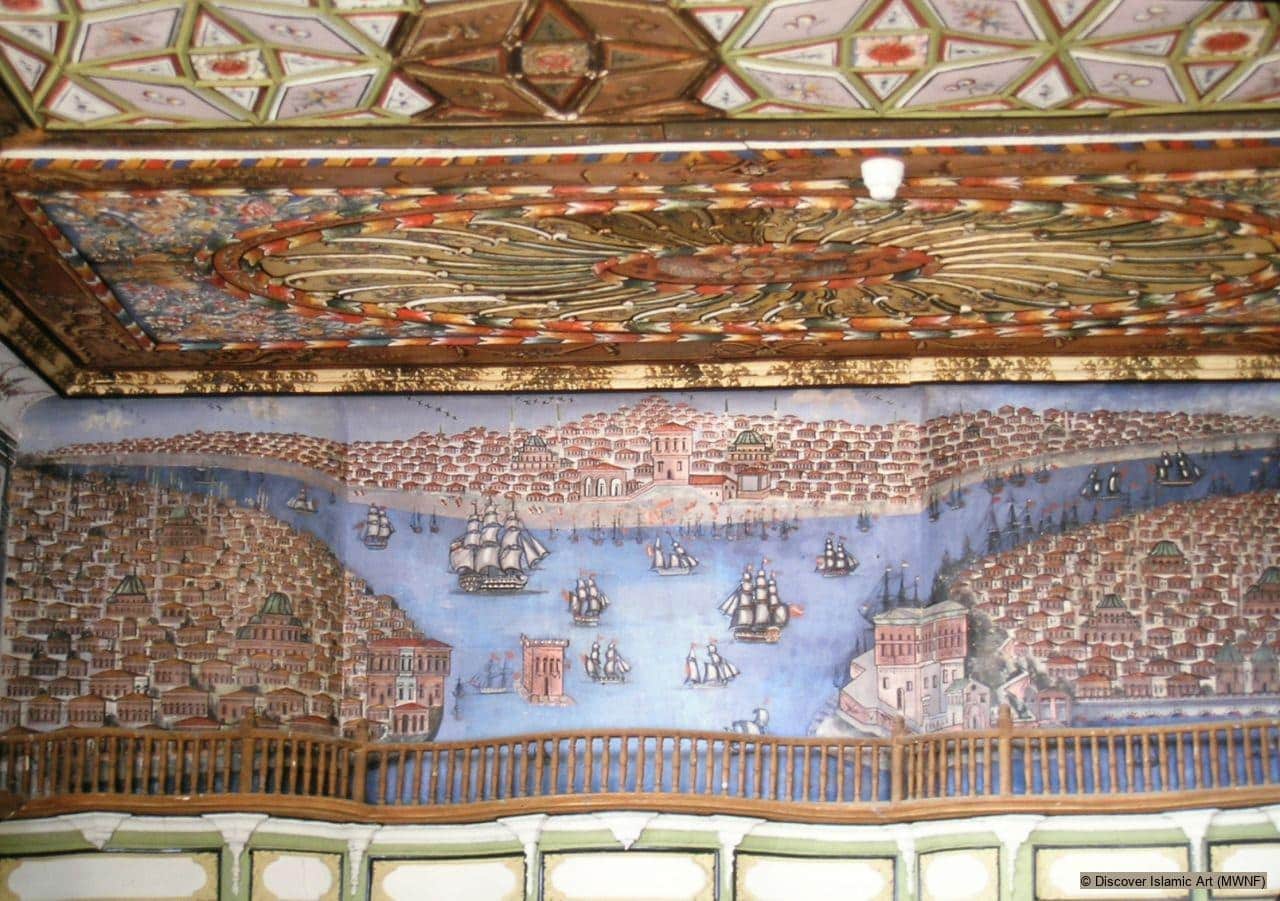
The ceilings and walls are adorned with plant and fruit motifs, showcasing the rich artistic heritage of the period.
2. Aydınoğlu Mehmet Bey Mosque:
Also known as the Great Mosque, this mosque was constructed in 1312 and is a fine example of Seljukid architecture.
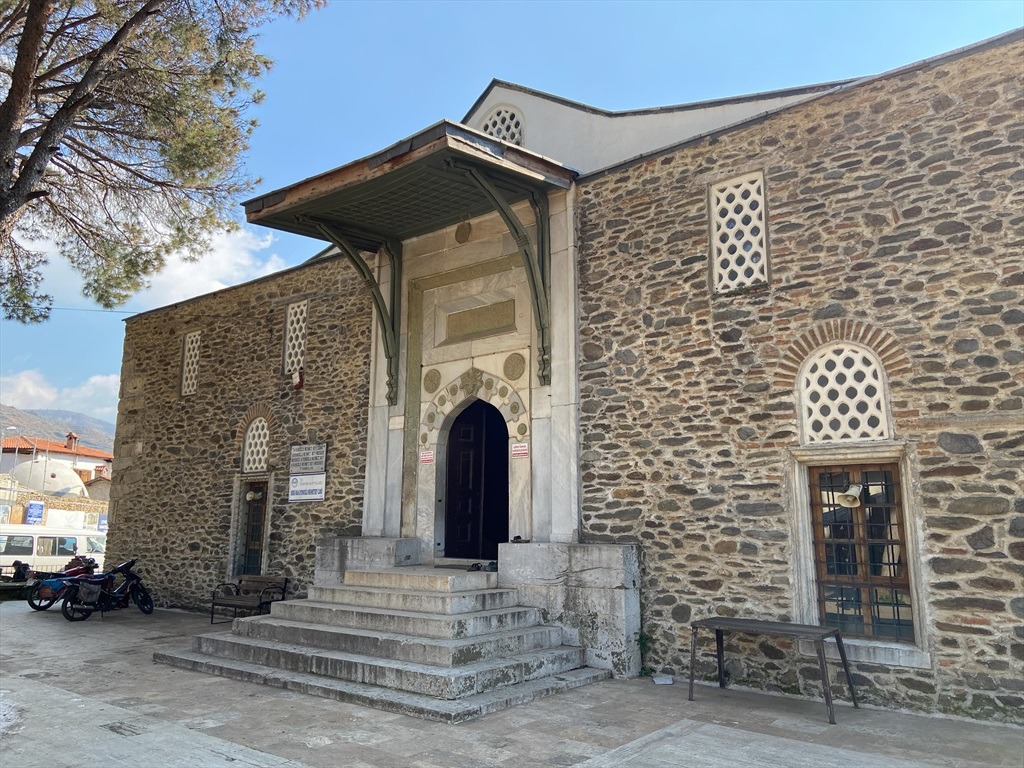
The mosque’s mihrab (prayer niche) and mimbar (pulpit) are beautifully adorned with woodwork and tiles.
The mihrab features tile mosaics in aubergine-purple and turquoise, while the mimbar is made of intricately carved walnut wood.
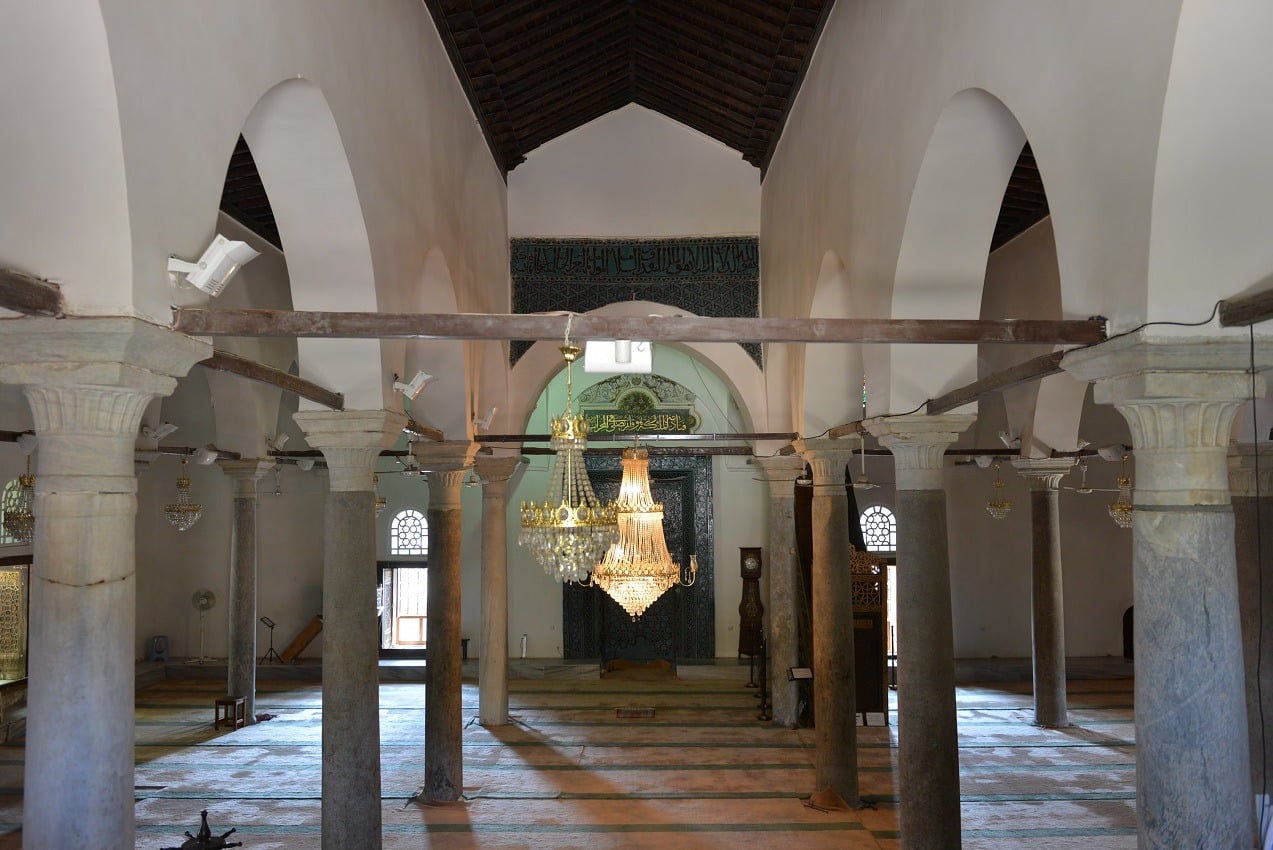
The mosque’s unique layout includes five aisles extending perpendicular to the mihrab wall, and the bay before the mihrab is covered with a dome.
3. Tomb of Birgivi Mehmet Efendi:
This 16th-century tomb is dedicated to the renowned Islamic scholar Birgivi Mehmet Efendi.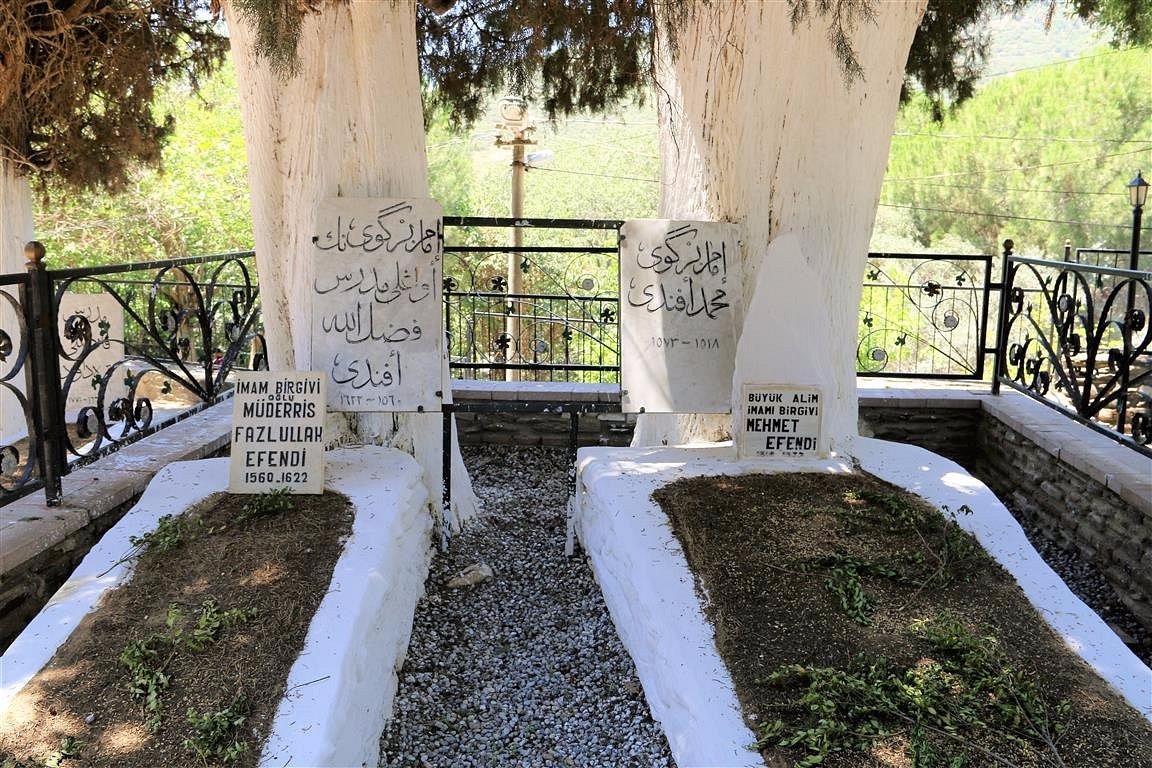
The tomb is a simple yet elegant structure, reflecting the modesty and piety associated with its occupant.
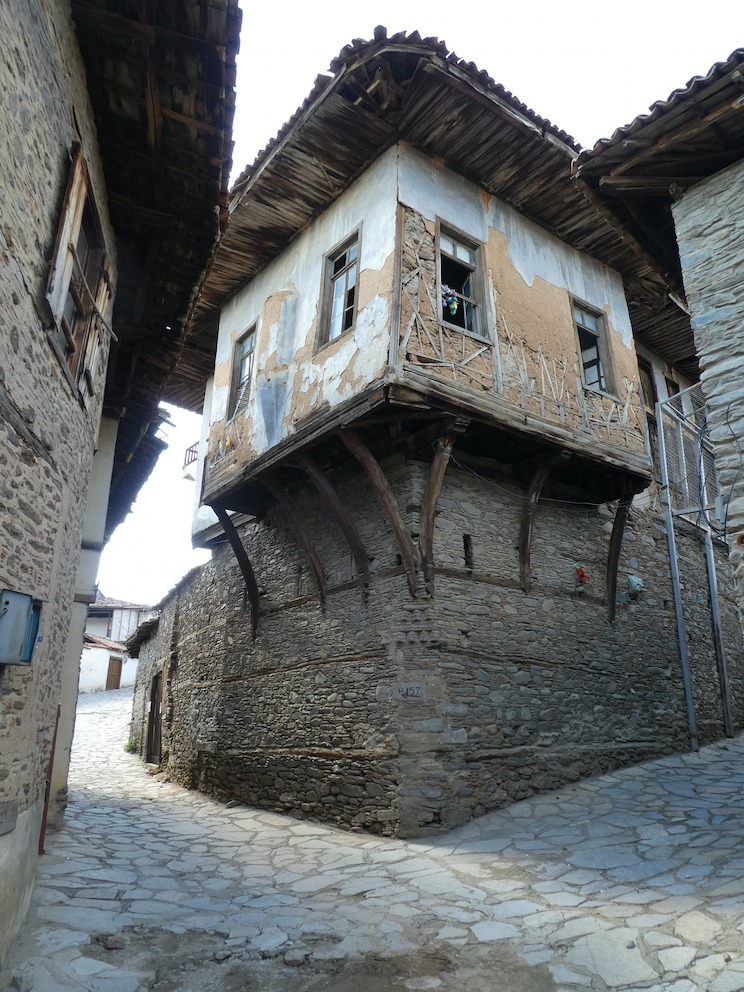
Ottoman Era Houses Of Birgi Are Now Protected Under Turkish Law
The old buildings in Birgi are now protected under Turkish law, ensuring their continued preservation for future generations.
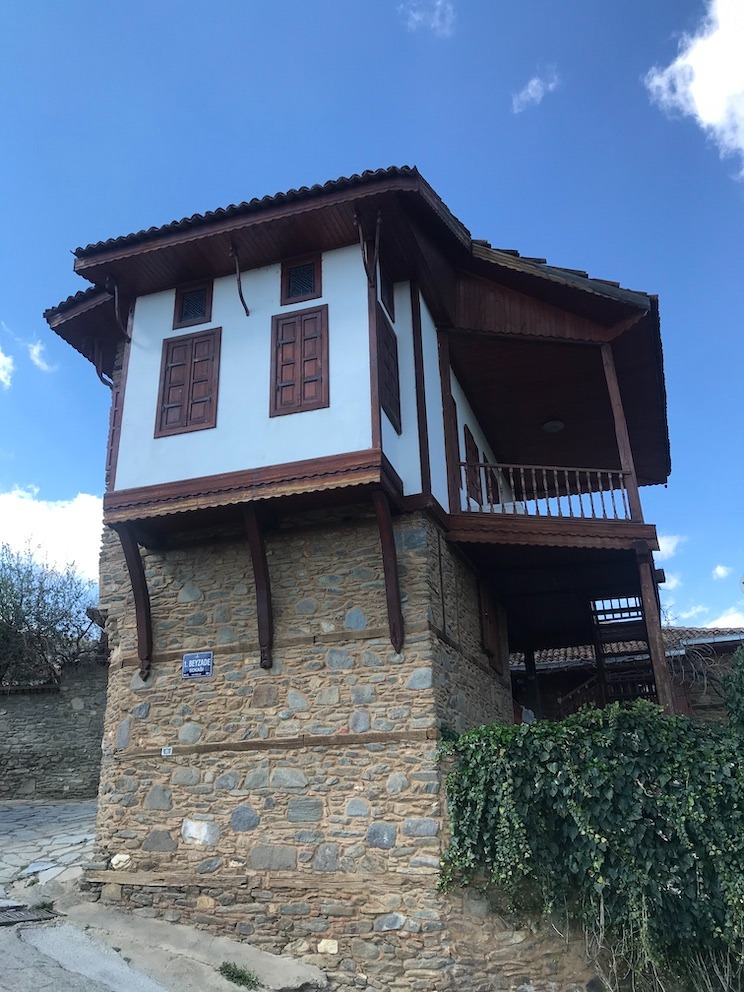
Today, Birgi is a small neighborhood with a population of around 1,832 people.
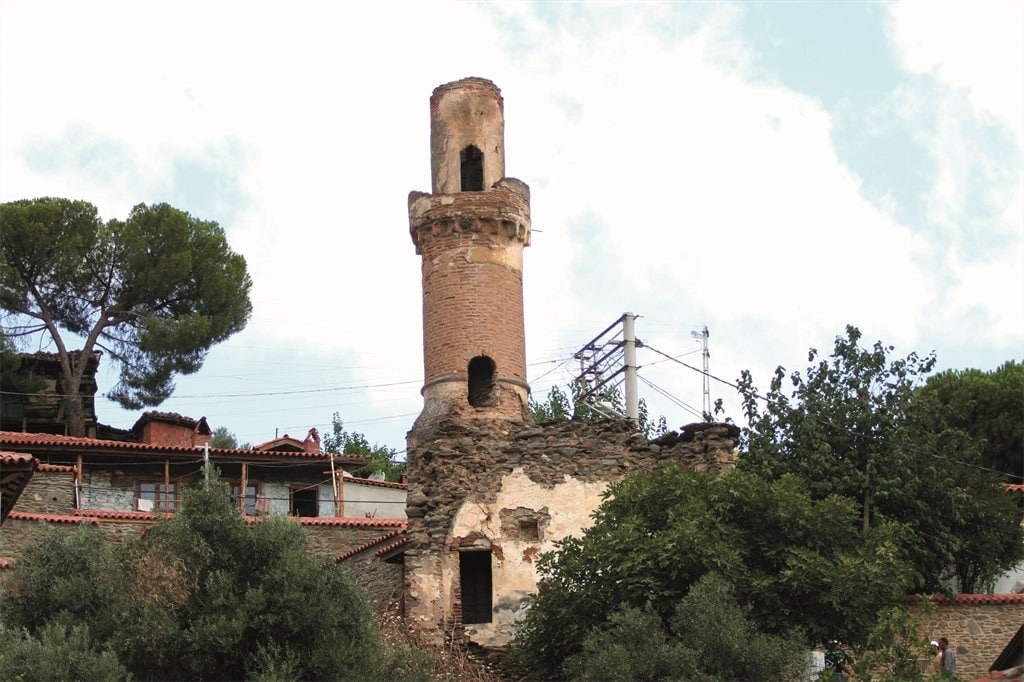
The town’s charming atmosphere, with its traditional tiled roofs, high stone walls, and centuries-old walnut and chestnut trees, makes it a delightful destination for those seeking nostalgia and tranquility.
